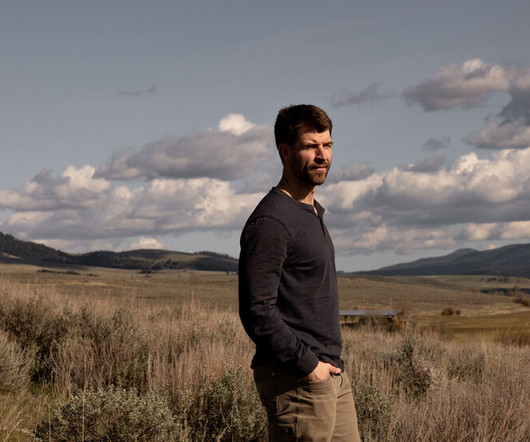Montana Has More Cows Than People. Why Are Locals Eating Beef From Brazil?
Baua Electric
JUNE 12, 2024
While many people can conjure up romantic visions of a Montana ranch — vast valleys, cold streams, snow-capped mountains — few understand what happens when the cattle leave those pastures. Most of them, it turns out, don’t stay in Montana. They tend to influence a tremendous amount throughout the supply chain.”

















Let's personalize your content